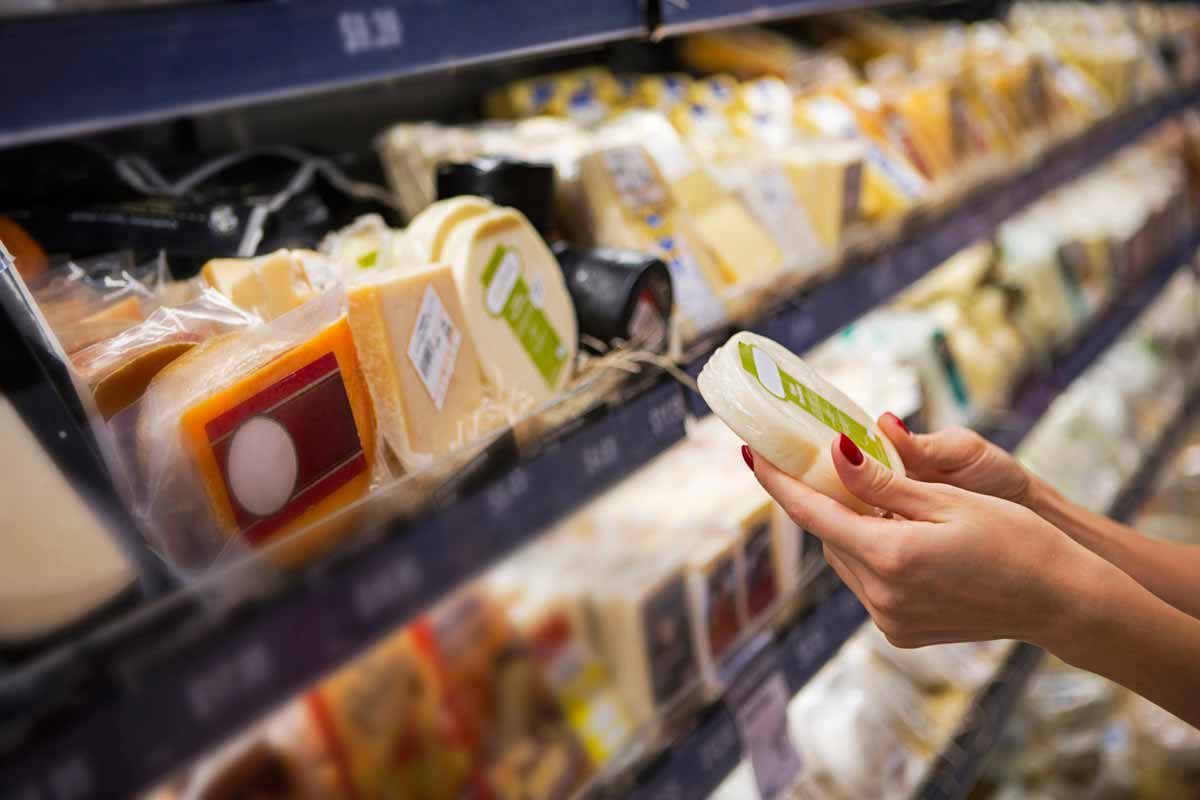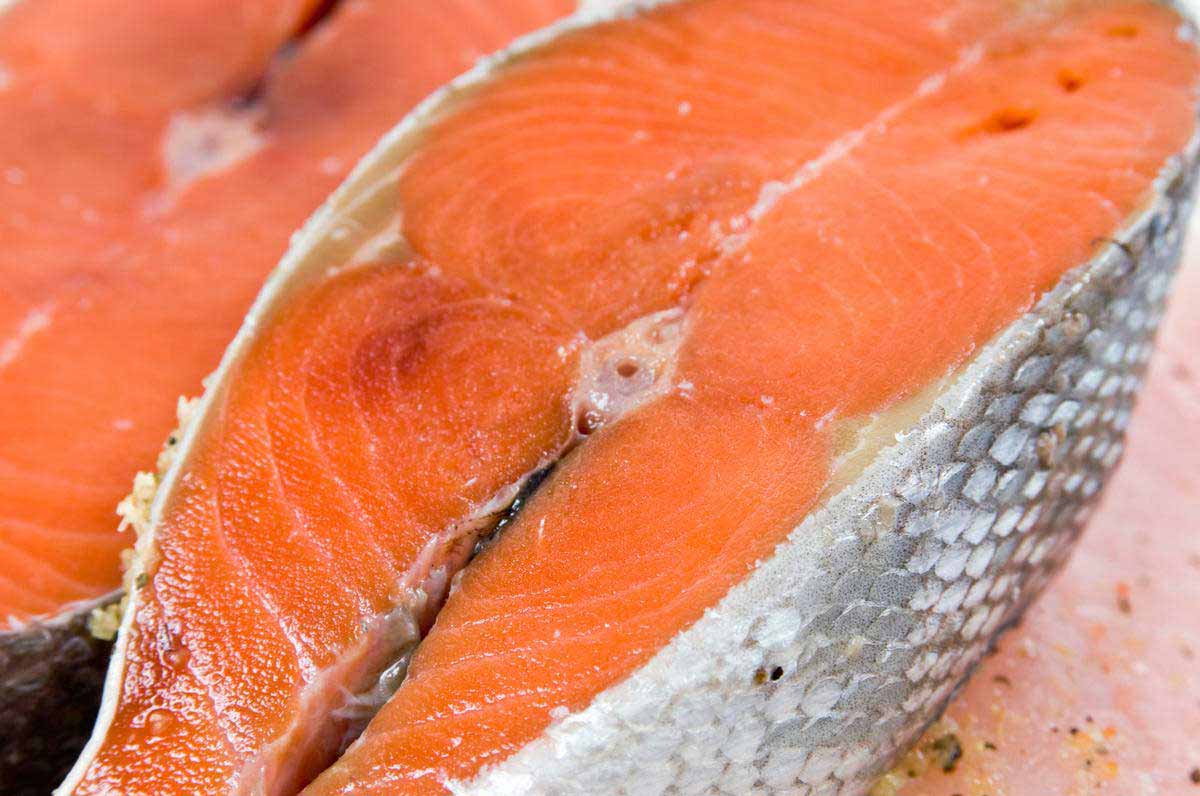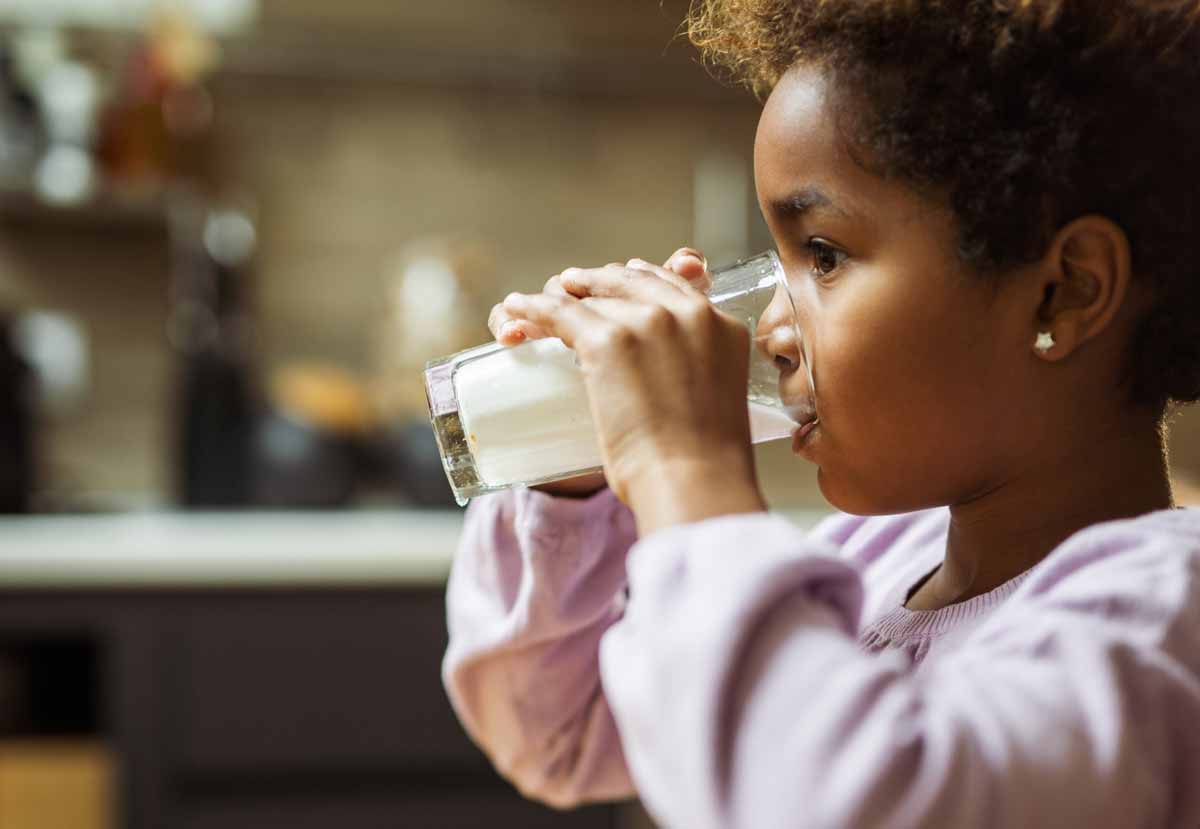Testing for PFAS in food
EDF’s detailed recommendations on testing for PFAS in food and food ingredients
Until FDA has several years of PFAS testing results for foods collected through its Total Diet Study, EDF recommends that companies strategically test food ingredients that are likely contaminated with per- and poly-fluorinated alkyl substances (PFAS) using FDA’s approved method and investigate possible sources when measurable levels (i.e. above the Method Detection Limit or Limit of Quantification), of PFAS are found. Our prioritized list of potentially contaminated food includes:
- Food grown close to sites contaminated from the manufacturing, processing or use of PFAS. As of December 2019, the Environmental Working Group (EWG) has the most useful tool to identify these sites, which can directly contaminate water and land used for crops or animals, and cause indirect contamination through the application of biosolids from wastewater treatment of contaminated water.
- Meat and seafood, especially imported items, since FDA and the European Food Safety Authority have found PFAS in those products.
- Other ingredients containing fat or oil, since PFAS is often soluble in those items.
Companies should arrange for a laboratory to conduct the analysis consistent with FDA’s method and strive for the widest range of PFAS at the lowest method detection limits. Based on the results, they should investigate any measureable levels of PFAS found to determine the source of contamination, and conduct appropriate follow-up steps to reduce those sources.
After an initial round of strategic sampling of potentially contaminated foods, we recommend follow-up sampling where PFAS was found and when suppliers change. Companies should also periodically check the EWG tool for newly identified sites of contamination.

FDA’s method to measure PFAS in food ingredients
In October, 2019, FDA published a validated analytical method, known as C-010.01, for 16 forms of per- and poly-fluorinated alkyl substances (PFAS) in bread, lettuce, milk and fish and has released results for a wide range of other food types. FDA reported that the method can measure these PFAS at detection levels ranging from 7 to 901 parts per trillion (ppt) depending on the PFAS and type of food.
The method consists of solid-phase extraction and liquid chromatography/tandem mass spectrometry (LC-MS/MS). PFAS present in food or ingredients are extracted with organic solvents; the liquid phase is cleaned, separated, filtered and injected into the LC-MS/MS system. The system must be capable of performing MS/MS to produce unique product ions.
The agency anticipates expanding the number of PFAS measured and the types of food for which the method is validated. For the most current information, go to the agency’s PFAS webpage.

Examples of laboratories marketing for PFAS testing
Many commercial labs are testing environmental samples, such as water, soil, and biosolids, for more than the 16 forms of PFAS currently covered by FDA’s method. For food, consider any lab already testing environmental samples that is willing to follow FDA’s sample preparation method. We expect more commercial labs to offer PFAS testing and to test for a broader range of the chemical in the near future. Currently, costs are likely to range between $400 and $800 per sample, but the market is dynamic.
As of December 2019, the following labs are marketing PFAS testing services:
- Eurofins markets PFAS testing in several matrices including food and feed
- SGS markets their experience with soil, sediments, tissues, and blood
NOTE: Please keep in mind that testing is evolving; questions remain about cost, method sensitivity (e.g., limit of detection/limit of quantification) and proficiency testing for both PFAS in food and total fluorine. Please contact EDF if you know of additional labs that are doing testing.

Additional resources
- FDA, Per and Polyfluoroalkyl Substances (PFAS), https://www.fda.gov/food/chemicals/and-polyfluoroalkyl-substances-pfas
- Fluorinated Compounds in U.S. Fast Food Packaging. Schaider L, et al. Environmental Science & Technology Letters 2017, 4:105-111.
- Total Fluorine Measurements in Food Packaging: How Do Current Methods Perform? Schultes L, et al. Environ. Sci. Technol. Lett.20196273-78.
